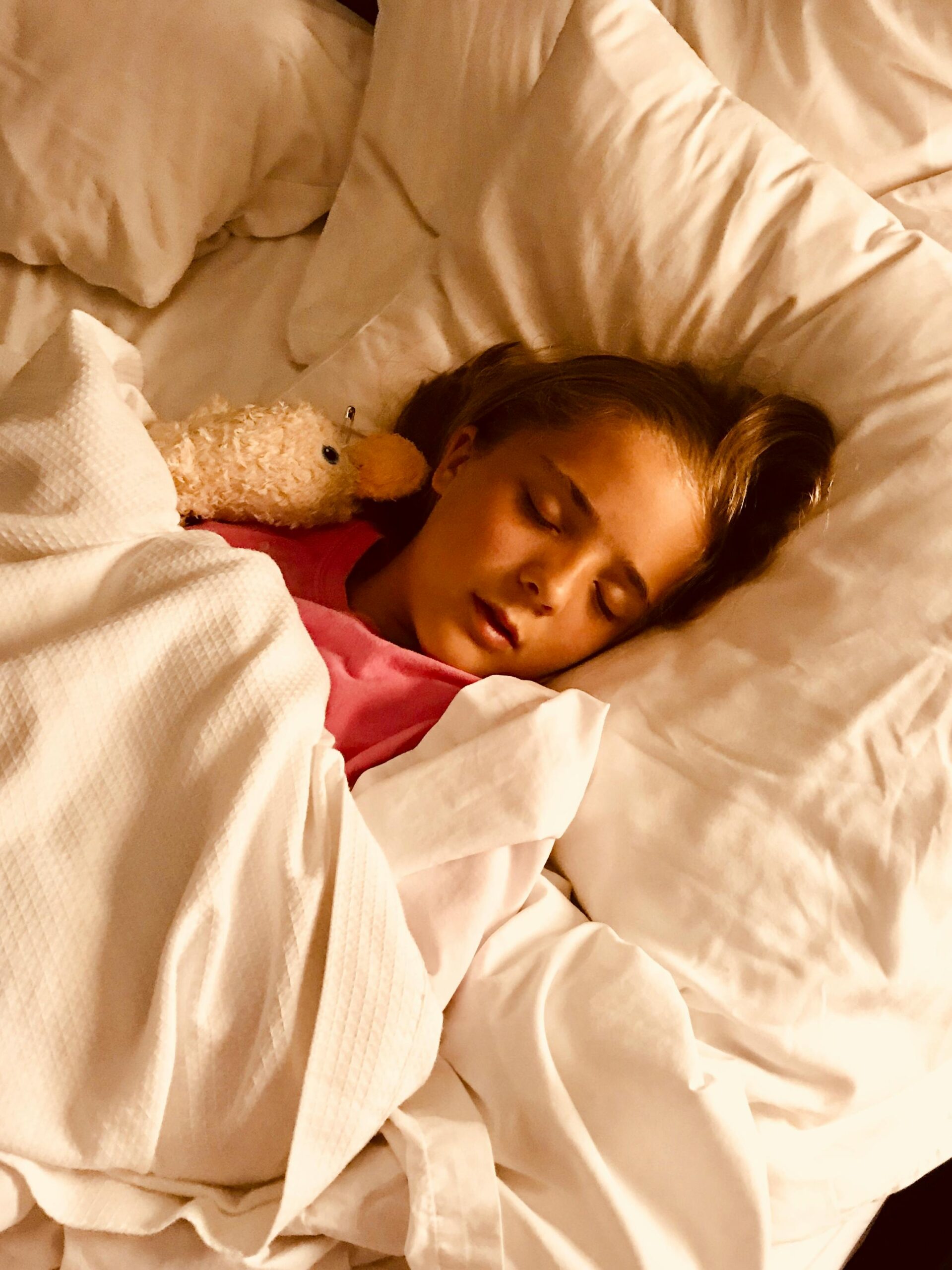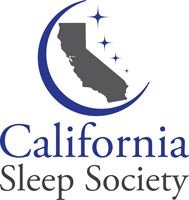Thrive with California Sleep Society membership collaboration or simply Survive
17th Annual Educational Symposium
The California Sleep Society will hold its 17th Annual Educational Symposium on October 4-5, 2024, at the Crowne Plaza Cabana in Palo Alto, California.
Registration is open! Early bird registration rates are available now.

Membership Benefits include:
- Education events in sleep medicine
- Contact listings with other sleep professionals
- Local networking opportunities
- Shared insights into sleep legislation and legislative advocacy
- CSS Newsletter and opinion pieces
- Discount on CSS annual meeting
- Ability to place ads or publish articles in Newsletter
- Listing in California membership directory
Newsletter Contributions
If you would like to contribute a sleep-based feature article, we would love to hear from you. Email us at [email protected].
Silent Nights: Exploring the Benefits and Risks of Mouth Taping for Improved Sleep Quality
By: Audrey Yoon, DDS, MS
People naturally prefer to breathe through their nose due to its physiological benefits—filtration, heating, and humidifying of the air. However, individuals suffering from obstructive sleep apnea (OSA) often breathe through their mouth during sleep. A study found that 41% of children with OSA were mouth breathers. [1]. Mouth breathing can negatively impact sleep quality and is associated with sleep disorders like snoring, sleep apnea, and hypopnea. One method to encourage nasal breathing during sleep is mouth taping.

Sleep Inequality in America: A Qualitative Synthesis
By: Elie Gottlieb, PhD
Income inequality and social inequality have long been acknowledged as critical issues in the United States. Emerging research now highlights a pervasive problem: sleep inequality. Despite the well-documented physiological benefits of sleep, recent findings reveal that not everyone has equal access to adequate sleep. Historically, public health research on sleep has considered populations through a broad lens, aggregating data across diverse races, ethnic groups, and socioeconomic statuses. This approach has masked the uneven distribution of sleep deficiencies within society. A closer examination, such as the recent study by the CDC, exposes a stark reality: affluent white Americans enjoy significantly better sleep than poorer Americans of any race.


